- Ford BlueCruise now adds automatic lane-change tech.
- The lane centering system is also improved.
- We experience BlueCruise 1.5 on the freeways around Detroit, Michigan.
Hands On (and Off) With Ford BlueCruise 1.5: Automatic Lane Changes and Better Behavior
Ford's hands-free driving assistant is now on par with General Motors' Super Cruise
Ford’s BlueCruise hands-free driving software just received a major update: automatic lane changes. Previously the driver had to signal, the car would change lanes, and then the driver would have to turn the signal off. The new system streamlines all of this, and it's first being offered on the 2025 Ford Mustang Mach-E electric SUV.
The updated BlueCruise system will change lanes when it detects a clear adjacent lane and there is enough time to perform the maneuver smoothly. It starts with a video and audio prompt after it checks the presence and speed of approaching traffic. It then notes the reason for the change in the driver display — for example, if it’s changing lanes for slower-moving traffic or to move out of a passing lane.
Finally, the vehicle moves briskly into the next lane unless you tap the turn signal in the opposite direction of the planned lane change or hold the steering wheel in place. As with most of these systems, this tech can be disabled in the vehicle's options menu, though it proved very useful on a quick test drive down the highways emanating from downtown Detroit.
Set at a steady-but-high-speed pace on one of the highways heading west, the 2025 Mach-E stayed controlled over the long freeway curves equidistant between the white lines. From behind the wheel, the vehicle will move what feels like a foot in either direction when traffic is close by or passing. Sometimes, coming out of a turn, it straightened out just a bit too quickly, but otherwise it worked as advertised.
During those automatic lane changes, the software isn’t shy about using the accelerator, especially when it’s set at BlueCruise’s top speed of 84 mph; above that, traditional adaptive cruise control takes over. It will quickly build speed back to its set limit when it goes into passing mode, even if that’s a 20-mph difference.
The system also changed its mind a few times when it sensed fast-moving traffic in the leftmost lane. Dutifully, it moved back to its original lane as soon as space was found, maybe too quickly, as a human might make two passes at once. Regardless, it now feels as smart as Super Cruise, which seems to be the current leader in hands-free driving tech.
Ford says each iteration of the system gets better, as every time a driver puts their hands back on the wheel while using the system, the company looks to find out why.
"So, for example, with BlueCruise 1.2 we introduced assisted lane change and in-lane repositioning, which was in direct response to our data that reflected the biggest reasons people were putting their hands on the wheel,” said Erik Romzek, BlueCruise product director. "And we've continued that approach as we've rolled out newer versions of BlueCruise. Specifically, we've made it more human-like so when we go to make an automatic lane change, our goal is to keep you with the pace of traffic."
Ford also said that it continually monitors and understands its competition. When a new version of BlueCruise is coming down the pipeline, it instantly goes into the company’s continuous learning loop. Engineers drive it, they look for those times when a driver deactivates the system, and they adjust based on that.
Ford also ironed out the lane centering tech, which used to wander a bit more than General Motors' Super Cruise system. Ford programmed its tech to give a wider berth for vehicles in the next lane moving into yours. However, this does involve more processing hardware, so it will not be available as an over-the-air update to existing BlueCruise owners.
BlueCruise 1.5 will first be available on the new Mustang Mach-E and then proliferate to the rest of the range. Buyers can choose to pay $49 monthly for BlueCruise 1.5 or yearly for $495. A lifetime subscription costs $2,495.
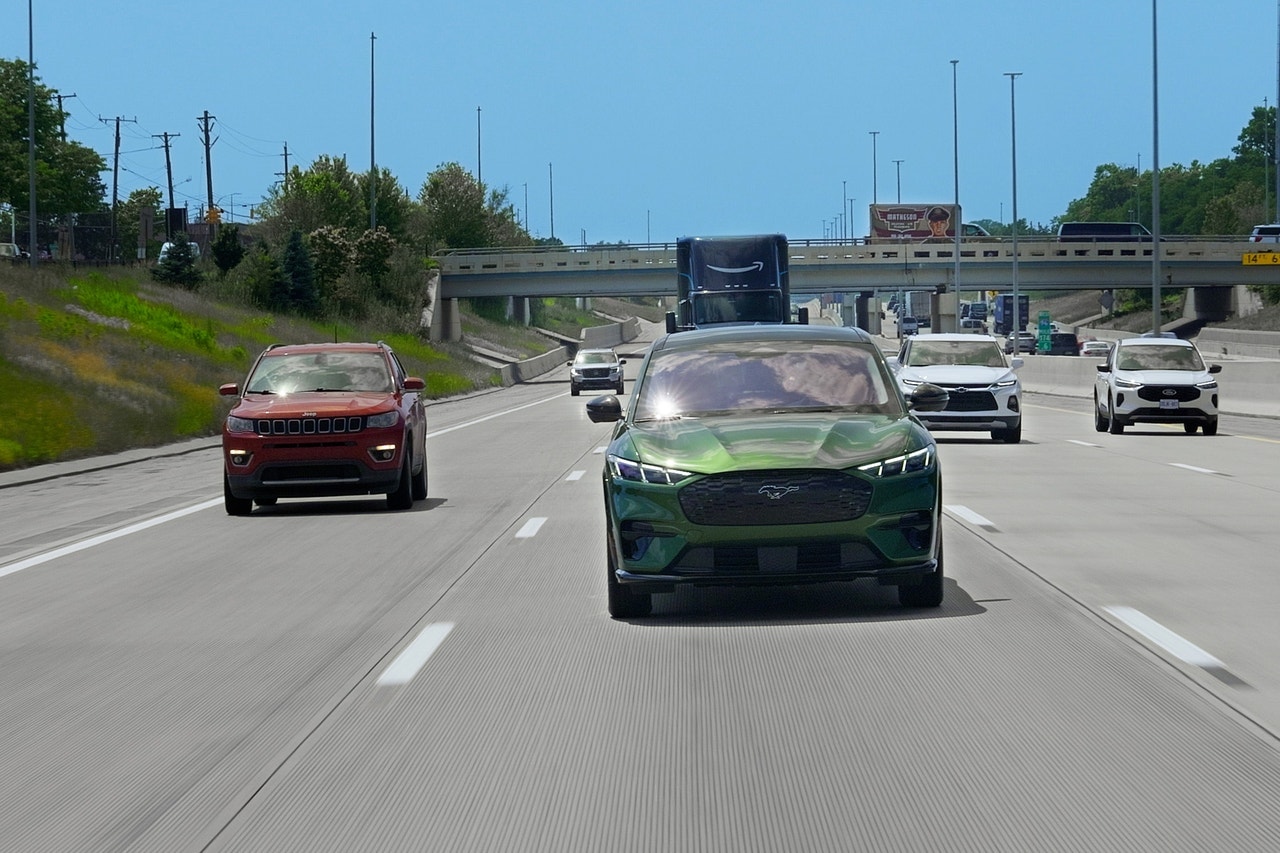
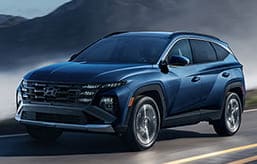

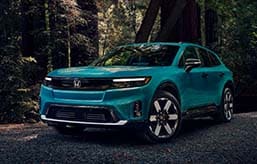
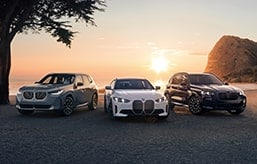

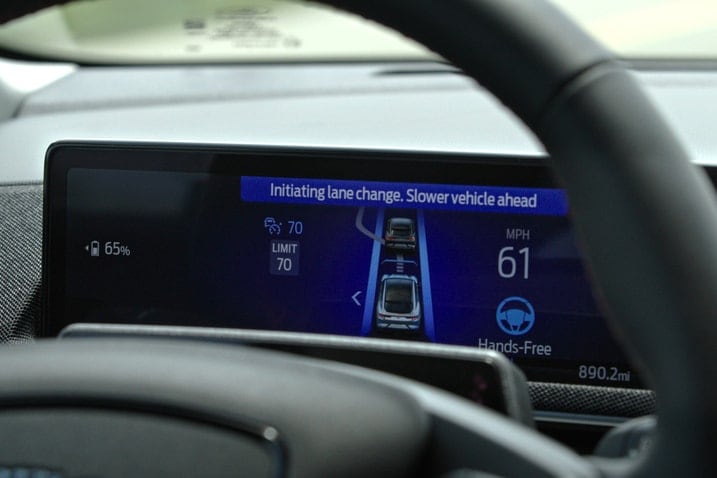
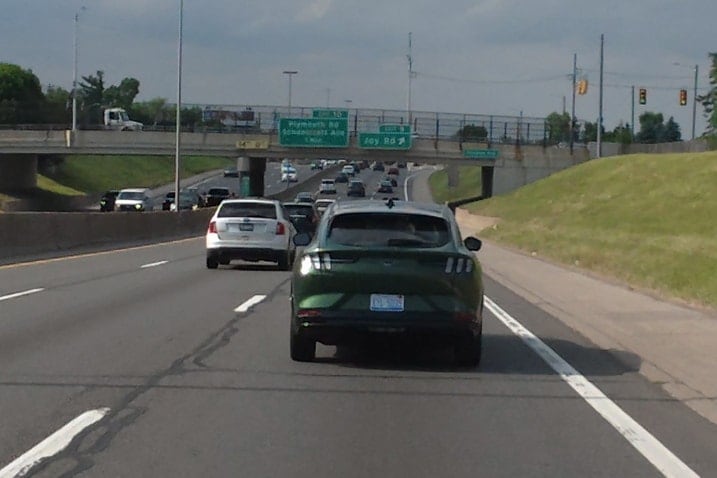
 by
by  edited by
edited by